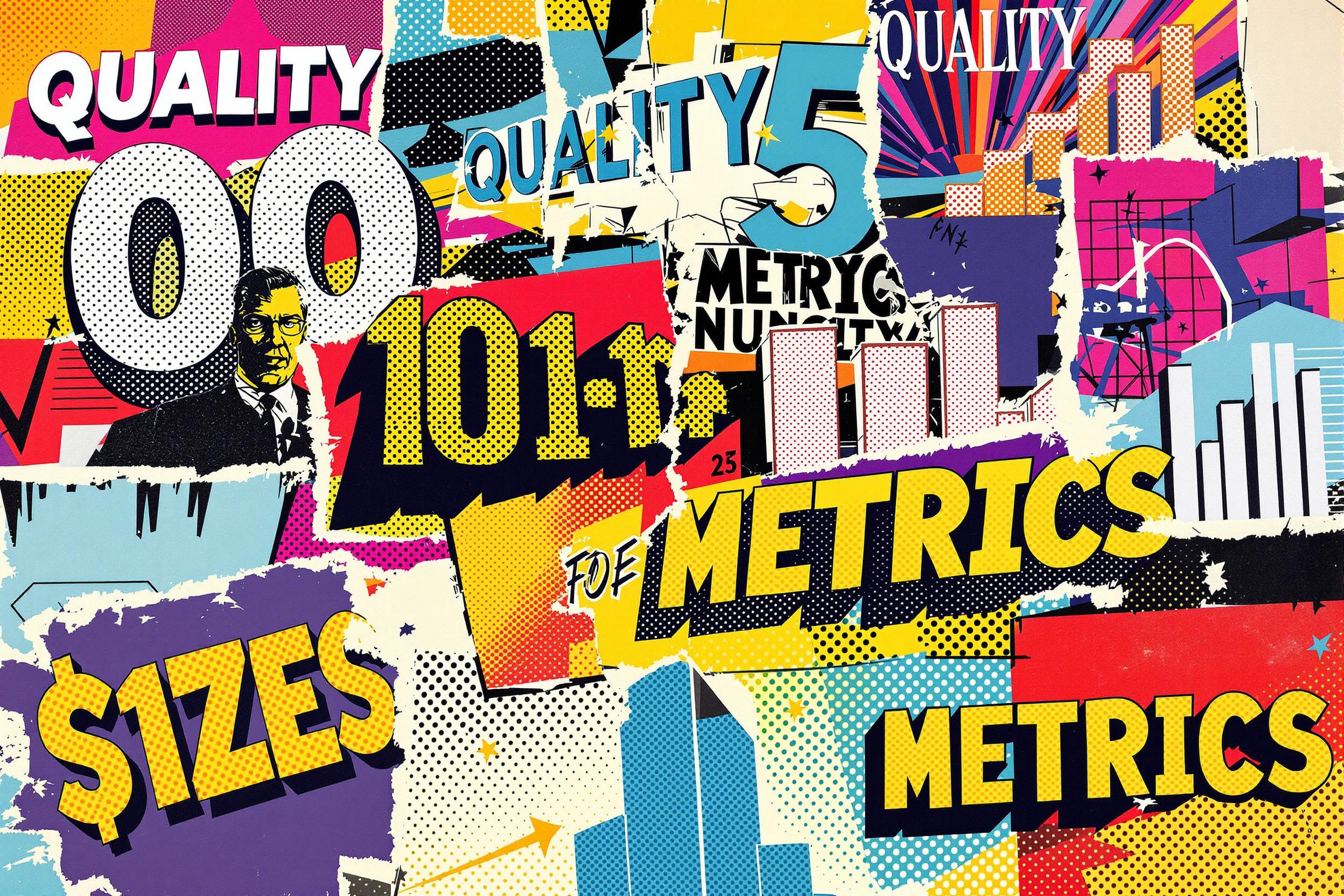
Quantitative Research
Quantitative Research is a way of gathering and analyzing numerical data from large groups of people to help companies make business decisions. It's like taking a poll or survey, but on a larger scale and more scientific. Researchers use surveys, online questionnaires, and data analysis to understand customer preferences, market trends, and consumer behavior. This type of research helps companies understand things like "how many people would buy our product?" or "what price should we charge?" It's different from qualitative research, which involves in-depth interviews and focus groups.
Examples in Resumes
Managed Quantitative Research projects with sample sizes of 1000+ respondents
Led Quantitative Research and Market Research initiatives to evaluate new product opportunities
Conducted Quantitative Research Studies to measure customer satisfaction across multiple regions
Typical job title: "Quantitative Researchers"
Also try searching for:
Where to Find Quantitative Researchers
Professional Organizations
Online Communities
Example Interview Questions
Senior Level Questions
Q: How do you ensure the quality and reliability of quantitative research data?
Expected Answer: A strong answer should discuss sample size planning, survey design best practices, data cleaning methods, and statistical validation techniques. They should mention ways to identify and handle bad responses and how to ensure representative samples.
Q: Tell me about a time when your research findings led to a major business decision.
Expected Answer: The candidate should describe a specific project, including how they designed the research, analyzed the data, and presented findings in a way that business stakeholders could understand and act upon.
Mid Level Questions
Q: What steps do you take to design an effective survey?
Expected Answer: Should explain how they write clear questions, avoid bias, choose appropriate scales, determine proper length, and test surveys before full launch. Should mention considering the target audience when designing questions.
Q: How do you present complex data findings to non-technical stakeholders?
Expected Answer: Should discuss creating clear visualizations, using simple language, focusing on key insights, and relating findings to business goals. Should mention experience with creating executive summaries and presentations.
Junior Level Questions
Q: What's the difference between quantitative and qualitative research?
Expected Answer: Should explain that quantitative research involves numbers and statistics from large groups, while qualitative research involves in-depth information from smaller groups through interviews and discussions.
Q: What tools do you use for analyzing survey data?
Expected Answer: Should mention common tools like Excel, SPSS, or Survey Monkey, and basic understanding of how to create charts and tables to summarize data.
Experience Level Indicators
Junior (0-2 years)
- Basic survey design
- Data collection and entry
- Simple statistical analysis
- Creating basic charts and graphs
Mid (2-5 years)
- Advanced survey design
- Statistical analysis software use
- Project management
- Client presentation skills
Senior (5+ years)
- Research strategy development
- Advanced statistical methods
- Team leadership
- Business recommendations development
Red Flags to Watch For
- No experience with survey design or data collection
- Lack of basic statistical knowledge
- Poor attention to detail in data analysis
- Unable to explain research findings in simple terms
- No experience with research tools or software
Related Terms
Need more hiring wisdom? Check these out...

Stop Chasing Unicorns: How to Finally Improve Candidate Quality Metrics (and Actually Enjoy Hiring)

Unlocking the Competitive Edge: Benchmarking Your Talent Acquisition Metrics

Recruitment Metrics That Matter in 2025: Moving Beyond Time-to-Hire

